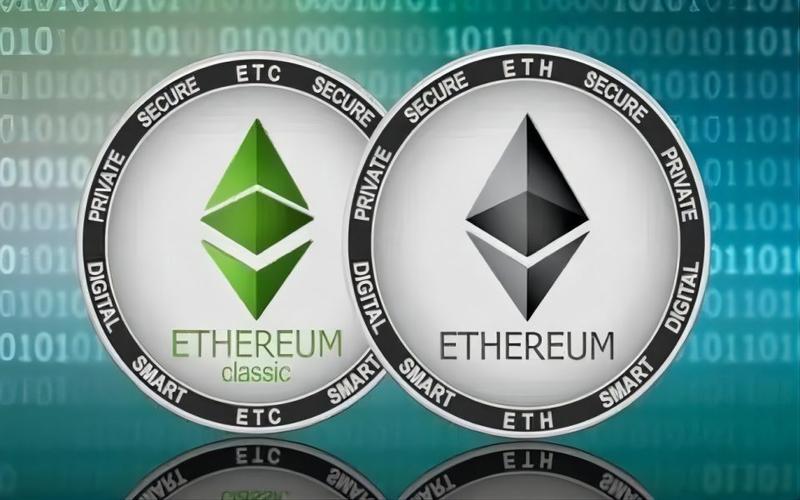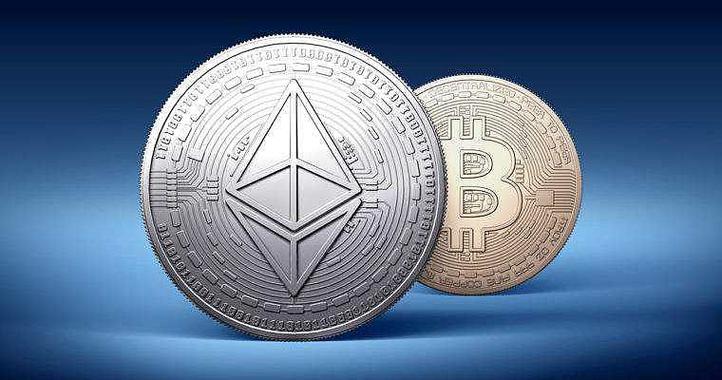
Are you intrigued by the world of cryptocurrency and looking to dive into the exciting realm of Ethereum (ETH)? If so, you’ve come to the right place. In this article, we’ll explore the fascinating world of ETH, covering its history, uses, mining, and more. So, let’s embark on this journey and uncover the wonders of ETH together.
Understanding Ethereum (ETH)
Ethereum, often abbreviated as ETH, is a decentralized blockchain platform that enables the creation of smart contracts and decentralized applications (dApps). It was launched in 2015 by Vitalik Buterin, a Russian-Canadian programmer.

ETH is the native cryptocurrency of the Ethereum network and serves as the fuel for running smart contracts and dApps. It’s important to note that ETH is not just a digital currency; it’s a key component of the Ethereum ecosystem.
Use Cases of ETH
ETH has a wide range of use cases, making it a versatile cryptocurrency. Here are some of the most notable ones:
-
Payment Medium: ETH can be used as a payment method for online transactions or as a medium of exchange for goods and services. Many merchants and service providers accept ETH as a payment option.
-
Smart Contracts and dApps: ETH is the fuel that powers smart contracts and dApps on the Ethereum network. It provides the necessary energy for executing smart contracts and running dApps.

-
Decentralized Finance (DeFi): ETH plays a crucial role in the DeFi space. Users can deposit ETH into DeFi platforms to earn interest or use it as collateral for borrowing other cryptocurrencies.
-
NFT Purchases: ETH is the primary currency used for buying and selling non-fungible tokens (NFTs) on many NFT markets. This includes art, music, virtual land, and virtual items.
-
Investment and Value Storage: Many individuals purchase and hold ETH as an investment, hoping for long-term value growth. Similar to Bitcoin, some view ETH as a form of “digital gold” for storing value.
-
Blockchain Governance: In some Ethereum ecosystems, ETH can be used as a voting token, allowing token holders to participate in platform governance decisions.
Ethereum Mining
ETH mining is the process of validating transactions on the Ethereum network and adding new blocks to the blockchain. Miners are rewarded with ETH for their efforts. Here’s a brief overview of Ethereum mining:
-
ASIC Miners: ASIC (Application-Specific Integrated Circuit) miners are specialized hardware designed for mining ETH. They are more efficient than traditional CPUs and GPUs.
-
GPU Mining: GPUs (Graphics Processing Units) can also be used for ETH mining, although they are less efficient than ASIC miners.
-
Pool Mining: Many miners join mining pools to increase their chances of earning ETH. Mining pools are groups of miners who work together to mine ETH and share the rewards.
ETH Price and Market Dynamics
The price of ETH has experienced significant volatility over the years. Here’s a brief overview of the factors that influence ETH price:
-
Supply and Demand: Like any other cryptocurrency, the price of ETH is influenced by supply and demand. Factors such as new ETH supply, market sentiment, and adoption rates can impact the price.
-
Market Trends: Global economic trends, regulatory news, and technological advancements can all influence the price of ETH.
-
Network Upgrades: Ethereum network upgrades, such as the London hard fork, can impact the price of ETH. The London hard fork introduced a new fee structure and a mechanism for burning ETH, which has had a deflationary effect on the supply.
ETH Mining Hardware and Performance
When it comes to ETH mining, hardware performance is crucial. Here’s a comparison of some popular ETH mining hardware:
| Hardware | Hash Rate (MH/s) | Power Consumption (W) | Price |
|---|---|---|---|
| ASICMiner 14 | 14,000 | 1,950 |





